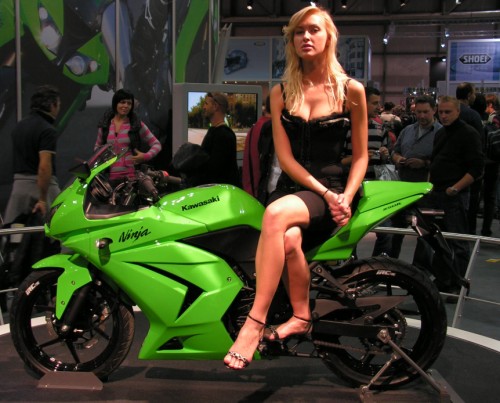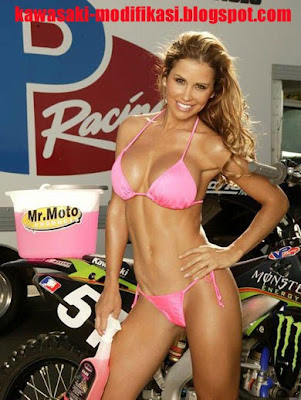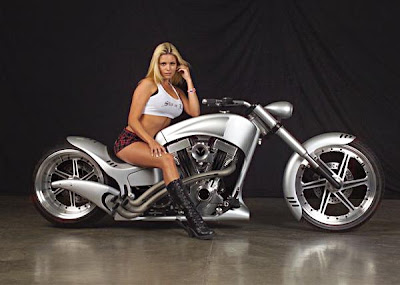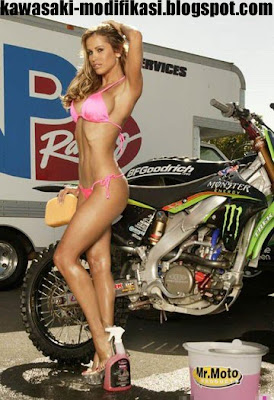
While the rest of the world was at war, in 1940 the US began period of economic recovery from the Depression, as war production began to ramp up. All kinds of sporting events which had disappeared across the seas were yet in full bloom Stateside, even deep into 1942, as these photos attest.

The Detroit Cycle Club, like so many such clubs across the country, had a cadre of dedicated racers who traveled fairly long distances to the best tracks. In the case of the D.C.C., that meant long drives with the old racer hitched to the back of the '39 Chevrolet on a home-made 3-rail trailer, to venues like Cedar Rapids Iowa (shown in these photos), Rochester City Michigan, Cedarburg Wisconsin, or Devonshire, Canada. The machines they raced were generally older models which had been purchased used, then tuned and continuously developed for years, as money was always an issue for the majority of amateur racers.
The D.C.C. mostly raced Harley WR 750cc sidevalve machines (above, brand new!), although one member, Jack Kulan, raced a Rudge Ulster 500cc four-valver (third photo, below). The rules of the A.M.A. by the late 1920s outlawed exotic factory racers which had generated so much exciting technology in the 'Teens and 'Twenties. Gone were the '8-Valves', the 'Overhead Cams', and even the 'Overhead Valve Twins'...the dominant factories (Harley-Davidson, Indian, Excelsior) twisted the arm of sanctioning bodies of US racing, as development costs for technologically advanced racing machinery was simply too high for them, so Production machines had to be raced. The capacity limit was 750cc for Sidevalves and 500cc for Overhead Valves; thus the Harley WR and Indian Scout (below - looking very lithe) raced against Rudge Ulsters, Triumph Tiger 100s, Norton Internationals, BMW R5s, etc.

The benefits of Racing Department research and development into new technologies was focused on the dead end of extracting horsepower from sidevalve combustion chambers...and over the next 40 years H-D and Indian, and eventually only Harley, created the most remarkable Flathead racing machines ever created, ultimately capable of over 150mph from a 750cc engine with valves stuck on the side of the cylinder.

And with the reprinting of the A.M.A. rule book, the American motorcycle industry gave up its position as a world leader in motorcycle technology - a remarkable capitulation. As no other nation by the late 1920s developed sidevalve machines for racing, OHV and OHC English and European motorcycles -at a 50% capacity disadvantage - shared the dirt tracks with their big, tough Yankee cousins. The mix made for amazing races, as the better horsepower and lighter weight of the Foreign machines were well balanced against the 'home team' durability and speed on the rough dirt tracks.
These photographs were taken at a race meeting near Cedar Rapids, Iowa, on July 4th 1942. It was likely a hot and dry day, as the spectators are massed under a central awning - few venture into the sunny benches nearer the pits. Mostly Harleys, a few Indians, and a smattering of Inters, Ulsters, and Tigers dot the landscape, and the track. The primitive conditions for maintaining a racer certainly gave an advantage to a simple engine which could handle a little grit in the works!
Photographs copyright 2010 The Vintagent.


















No comments:
Post a Comment